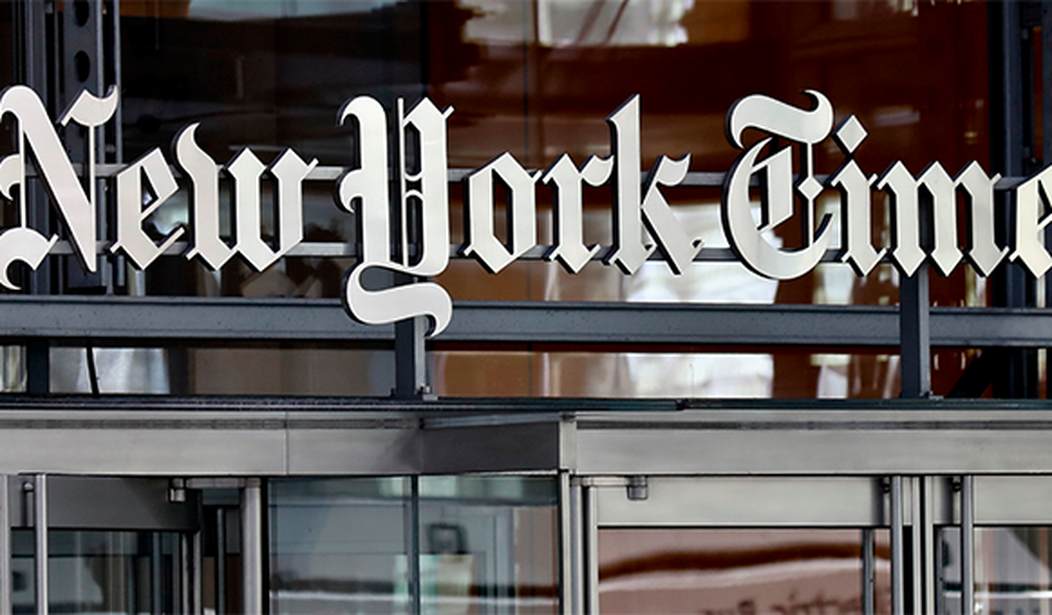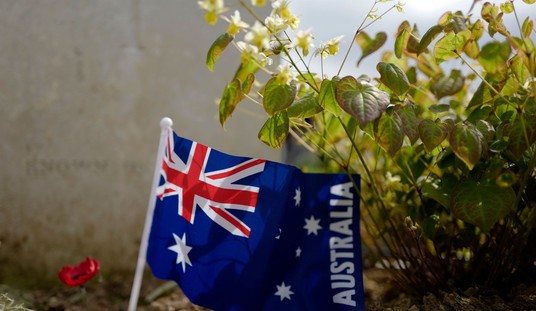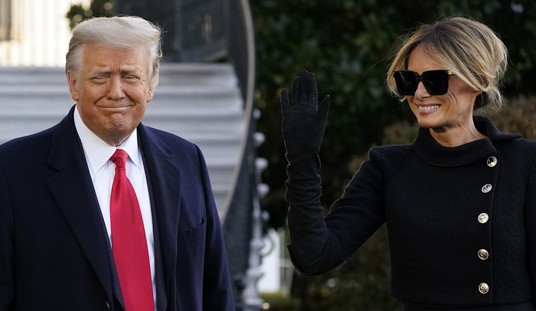Project Veritas has decided to take on the role of Dragon Slayer and has sued the New York Times for defamation in connection with the NYT’s coverage of the PV undercover operation to expose naked vote fraud in the Somali community in Minneapolis.
The complaint was filed yesterday in Westchester County, New York, names the NY Times and reporters Maggie Astor and Tiffany Hsu as Defendants based on reporting which called the Project Veritas operation a “disinformation campaign”, and claimed that the undercover video posted by Project Veritas confirming the allegations of its story was “deceptive”.
This defamation action arises out of the publication of a false and defamatory news story authored by Defendant Maggie Astor, a politics reporter for the New York Times, and published in both the online and print versions of The Times. The story was first published on The New York Times website on September 29, 2020 with the headline, “Project Veritas Video Was a ‘Coordinated Disinformation Campaign,’ Researchers Say,” repeated the same day in an abbreviated form online with the headline, “Researchers say a Project Veritas video accusing Ilhan Omar of voter fraud was a ‘coordinated disinformation campaign,’” and then published the following day in the print version of The Times with the headline, “Project Veritas Releases Misleading Video, Part of What Experts Call a Coordinated Effort.”
The causes of action in the 72-page complaint are based on New York state defamation law. There are individual cases of action which relate to stories published by the Times on September 29 and 30, 2020, as well as follow-up stories published on October 25 and 26, 2020.
The complaint describes the Project Veritas project, and their reporting using video and audio recordings, as follows:
The Project Veritas investigative report …was based on, and it presented to viewers, actual audio and video evidence of corrupt and illegal activity, as well as interviews with both identified and confidential sources who provided firsthand accounts of their knowledge of these unlawful activities. The centerpiece of the Project Veritas investigative report was a series of videos posted to Snapchat in early July 2020 by a Minneapolis man named Liban Mohamed. Mr. Mohamed, who is the brother of then-Minneapolis City Council candidate Jamal Osman, filmed himself bragging about “harvesting” hundreds of absentee ballots from Minneapolis voters—a practice that is plainly illegal under Minnesota election law. In one video, Mr. Mohamed displayed a vast number of ballots littering his car’s dashboard while boasting in Somali, “[n]umbers don’t lie! You can see my car here is full. All these here are absentee ballots. Can’t you see? Look at all these, my car is full,” and “[j]ust today we got 300 (ballots) for Jamal Osman.” In another video, Mr. Mohamed filmed himself exiting an apartment complex with his hand stuffed with voters’ ballots and boasting, “[t]wo in the morning. Still hustling.”
The basis of the allegations of defamation in the complaint primarily rests on the characterization given by the NYT reporters to videos taken by the Project Veritas operative that was then included in the Project Veritas report on vote fraud taking place in Minneaopolis. According to the complaint, the passage in the stories published on September 29 and 30 written by Reporter Astor reads as follows:
Project Veritas Releases Misleading Video
A deceptive video released on Saturday by the conservative activist James O’Keefe, which claimed through unidentified sources and with no verifiable evidence that Representative Ilhan Omar’s campaign had collected ballots illegally, was probably part of a coordinated disinformation effort, according to researchers at Stanford University.
Making claims without evidence of ballot harvesting.
The stories from October — just one week ago — concerned the subject of conservative media sites “churning” “false voter fraud stories,” and named the Project Veritas report on Minneapolis as an example. The complaint cites Reporter Hsu’s story in October as follows:
The video claimed without named sources or verifiable evidence that the campaign for Representative Ilhan Omar, a Minnesota Democrat, was collecting ballots illegally.
I guess the NYT never runs news stories based on unnamed sources or unverifiable evidence.
But that is an interesting word choice by reporter Hsu. It would have been one thing to say the Project Veritas report had used “unverified” evidence, it is a different matter to say Project Veritas used “unverifiable” evidence.
The seminal decision of the United States Supreme Court on issues of press freedom, the First Amendment, and state laws against libel and defamation is the infamous decision in the case of New York Times v. Sullivan, decided in 1964, with Justice Wiliam Brennan writing the majority opinion for the Court. The case established the proposition that public figures must establish “actual malice” on the part of media employees such as New York Times reporters when they publish facts that are determined to be objectively false. In practice over the nearly 60 years since the case was decided, this standard has created a level of near “immunity” from tort liability for media outlets so long as they are reporting on “public figures” — a phrase which has been much debated in the case law over that time.
Recently, however, Justice Thomas has taken up the cause by writing dissents in cases where the Supreme Court has declined to hear cases where media defendants have escaped liability based on the plaintiff’s inability to satisfy the “actual malice” standard.
The basis for Justice Thomas’ dissent is quite simple — Justice Brennan made the whole thing up. The “actual malice” standard is the epitome of Judge-written law. There is no basis for press immunity from suit by private actors under state libel laws that arises from the Constitution’s prohibition that “CONGRESS shall make no law” abridging the freedom of the press. Nothing about that phrase, or the historical context in which it was adopted as part of the First Amendment, was ever meant to allow the media to escape liability for reputational damage done to innocent third parties by their reporting.
Maybe one day not too far in the future we’ll have another First Amendment case from the Supreme Court to celebrate — Project Veritas v. The New York Times Company.














Join the conversation as a VIP Member